What is Sustainability?
What is Sustainability?
What is Sustainability and why is it so IMPORTANT!
Break the Cycle of Hunger can fly into Africa, do our grueling “boots on the ground” due diligence, fly back to the office, poor over all the data and carefully select a village, then hire a drilling company and a surveyor, a water analyst, apply for local and country permits, put down deposits, then once water is flowing the villagers are drinking clean water. The huge take away here is, with all the best laid plans and intentions, if the actual community is not 100 percent in front and behind this massive project then it is doomed to fail, and the well will stop working, as tens of thousands of water wells before this have. It is essential that the village takes ownership of this community well via monetary or total village sweat equity. We know from past disasters that the village MUST want to care for this precious commodity. Because if you simply give it to them and walk away, experience tells us they will take it for granted, not appreciate it, and this will eventually lead to the well’s demise, normally within 8 to 13 months.
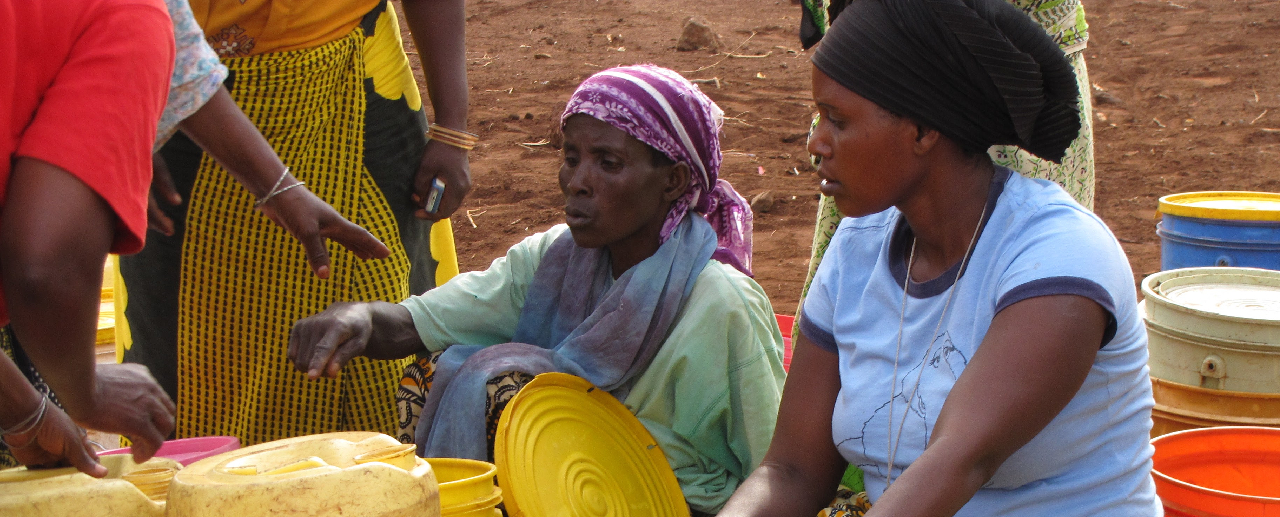
From the UN’s World Water Study of 2021, they state that the failure rate for water wells implemented by foreign NGOs (Non-Governmental Organizations) in Africa alone is upwards to a staggering 50 percent within the first year! That statistic is beyond alarming, and largely because of communities not being engaged with either a monetary payment or sweat equity. The community must demonstrate the desire for ownership and be keen on addressing technical issues and provide a individual to be taught training. If these mandatory steps are followed, the life expectancy of a deep water well goes from one year to over forty years.
Standards for Implementing Water Projects
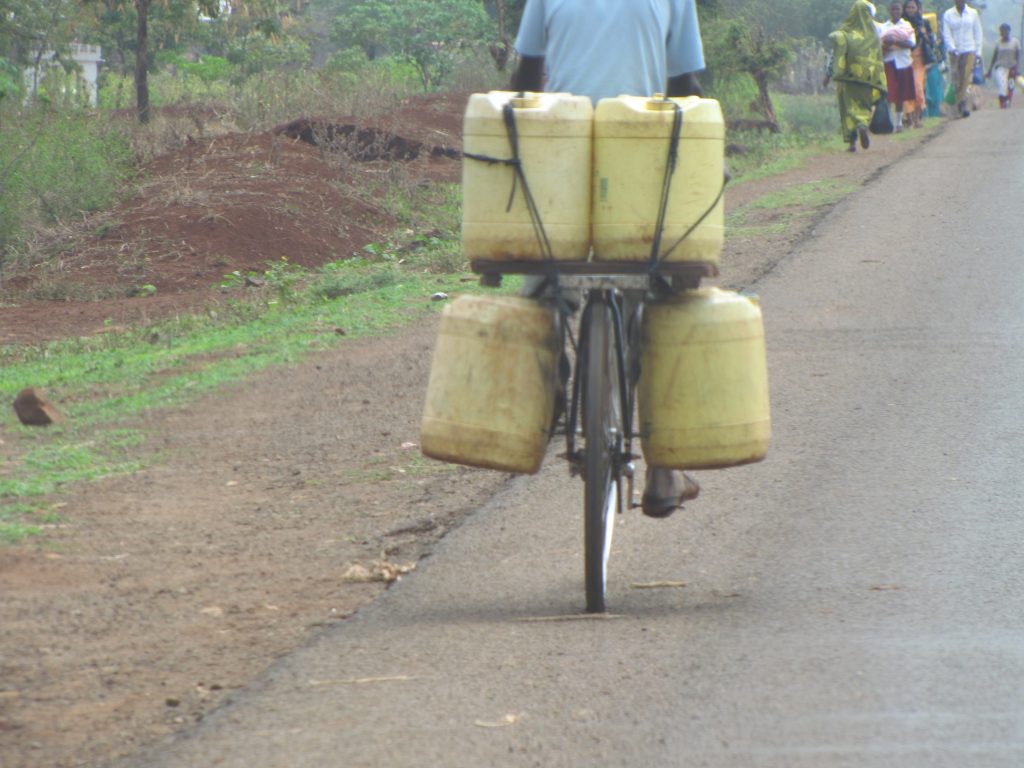
Water Project Executive Team
All Break the Cycle of Hunger’s implementing agenda is overseen and managed through our Water Project Executive Team. This Executive Team is made of senior staff here at Break the Cycle of Hungers office in Florida. The Water Projects Executive Team meets quarterly (or as needed) to study and approve the selection of upcoming projects. The Team reviews and approves assessments, rates & costs, water test results, long before a well is approved and funded. After the well is completed, they review finished reports, pump assessments, and water excellent exams for each well site.
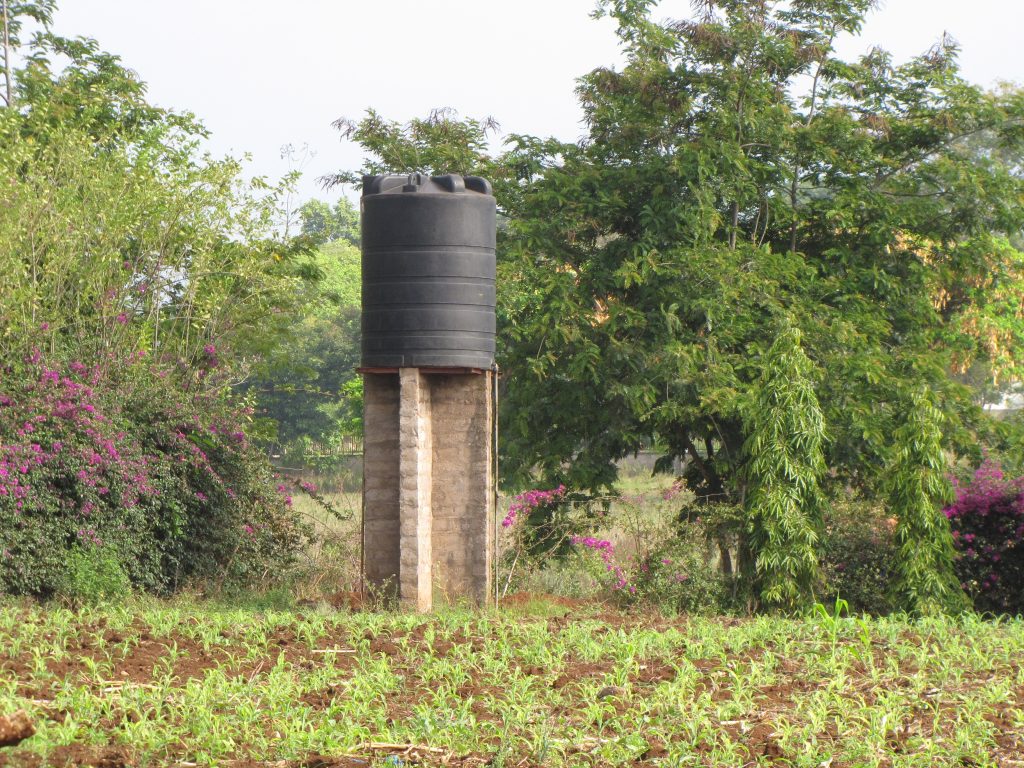
Drilling Partners
When starting a water project for a selected community, Break the Cycle of Hunger hires a local drilling company to drill and construct its project in the country the drilling crew works in. Break the Cycle of Hunger and its drilling partners sign a contractual document that includes everything from A to Z. In vetting drilling contractors past project credentials prior to hire is important, and that the drilling company guarantees that the typical timeline for competition and that the driller price is reasonable within the region. Break the Cycle of Hunger also establishes a system for reporting from the driller to the local community. Break the Cycle of Hunger requires that every driller offers a comprehensive cost breakdown of all prices, estimates, and resources.
Identify and Qualify a Village/Community in need!
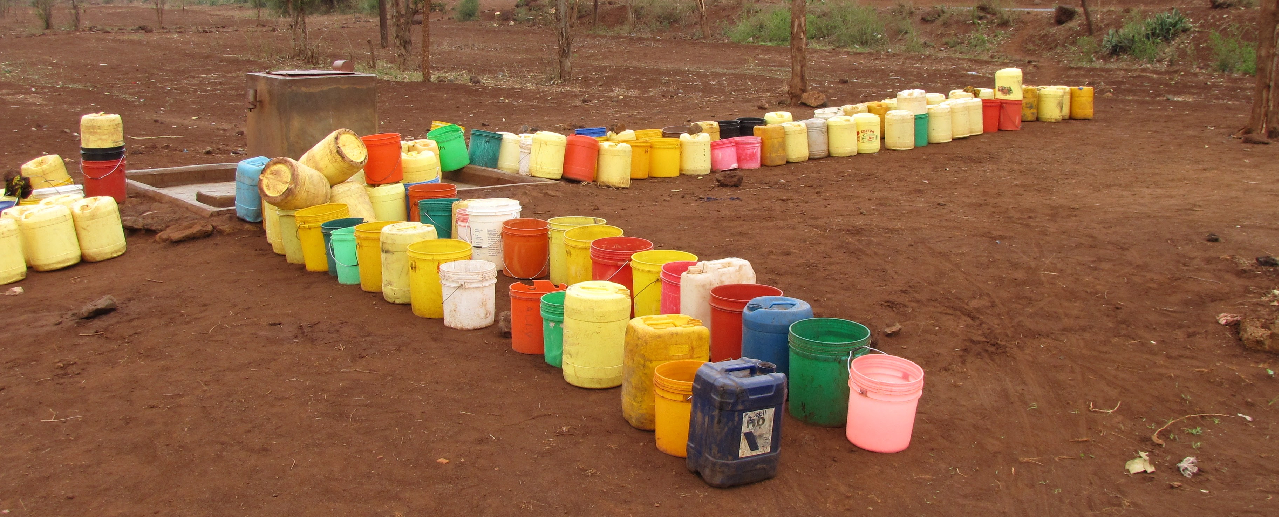
The Break the Cycle of Hunger team employs a liaison as a “community development official” who works to handle relationships with drillers and the community, and to oversee the implementation of all projects. These community liaisons accumulate and assemble a check list.
- What’s the population of the community?
- How many actual homes live inside the community?
- What’s the current water source? (ex. Pond? Stream? River?)
- What is the distance from the community to the current water supply (In both Miles or Kilometers.)
- What water-associated illnesses has the community dealt with within the past? (Cholera? Schistosomiasis? severe/fatal Diarrhea?)
- Have there been any water-related deaths inside the community within the past five years? If yes, how many?
- What’s the community called?
- What are the GPS coordinates of the community?
Then based on the results of these assessments, the Water Project Executive Team determines whether a community currently qualifies for a well.
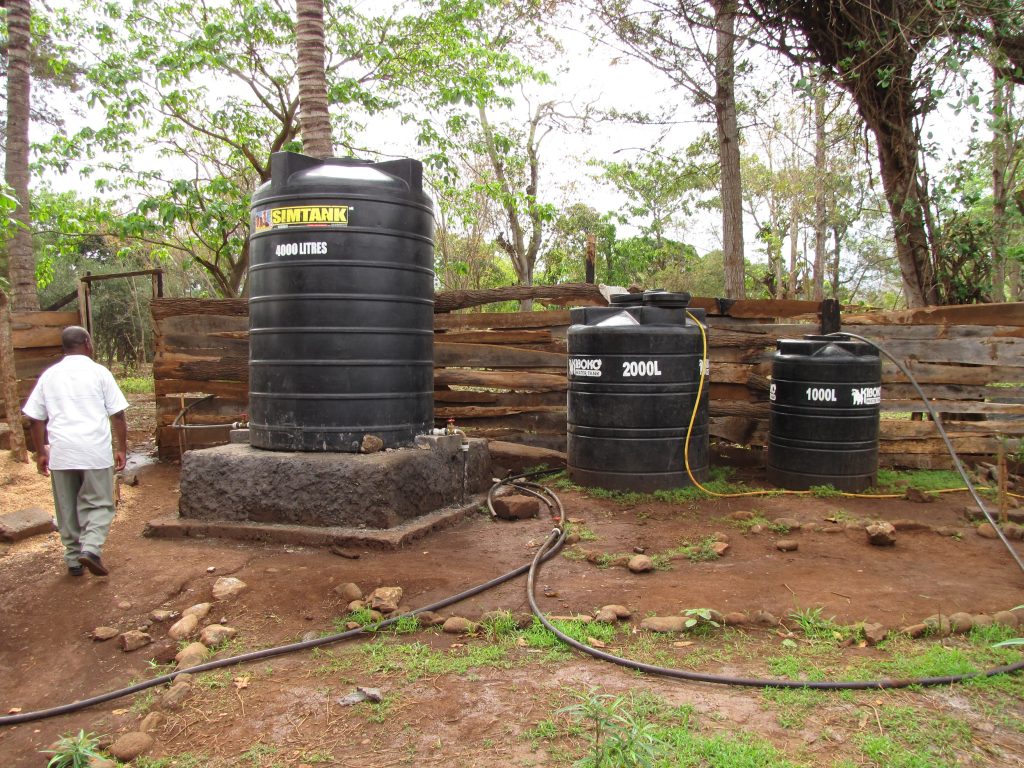
Sample Area Wells
Break the Cycle of Hunger’s Drilling partners then collect water samples from the brand-new borehole and deliver them to certified laboratory for “water quality test”. Just because it’s clear water, doesn’t always mean that it is safe to drink. From here, the drilling crew pours the concrete to finish the construction of the base foundation, installs the recognizable hand pump, installs any filters, and then constructs a strong fence around the well to keep large farm animals away from damaging the well. With a bit of humor, there is not a big enough fence to keep an elephant out if he wants in.
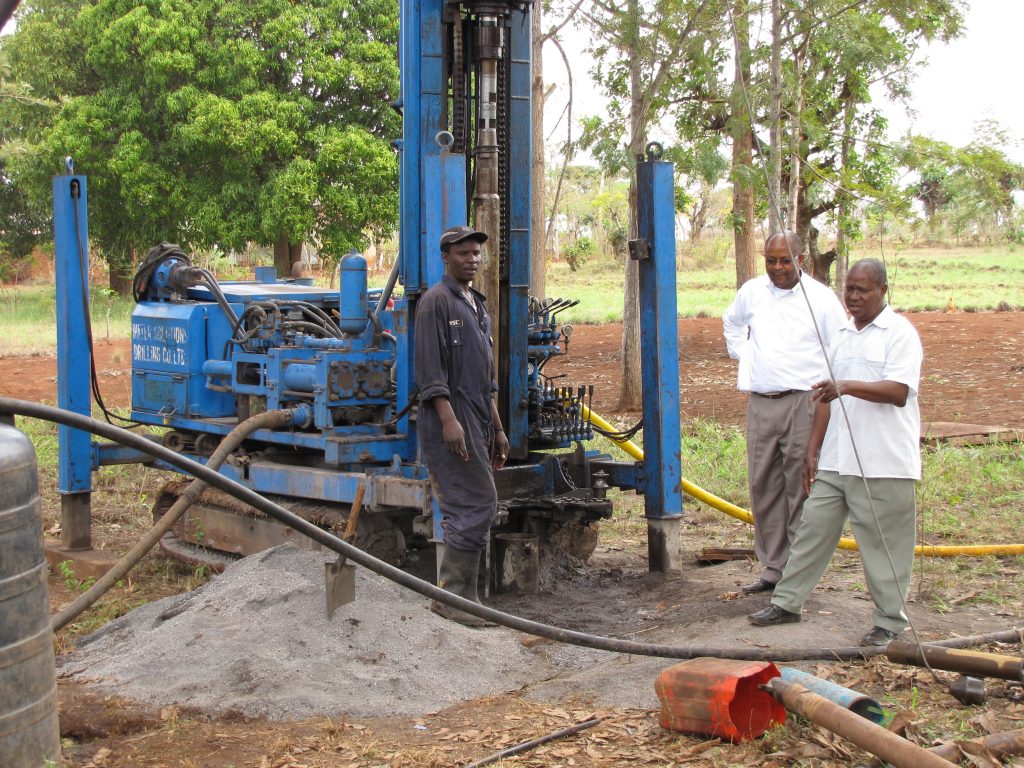
Complete Hydrogeology Surveys
The drillers use what is called a “Hydrogeology Survey” to examine the water table and aquifer. This allows a test to see if it is suitable and will not deplete the aquifer and drain it before the water table has time to replenish in the upcoming rainy season. This way the aquifer is guaranteed that the village constantly has an adequate water to meet the needs of the community. After all that the drilling crew drills the hole for the well, installs the casings, and digs a trench to create the foundation of the well.
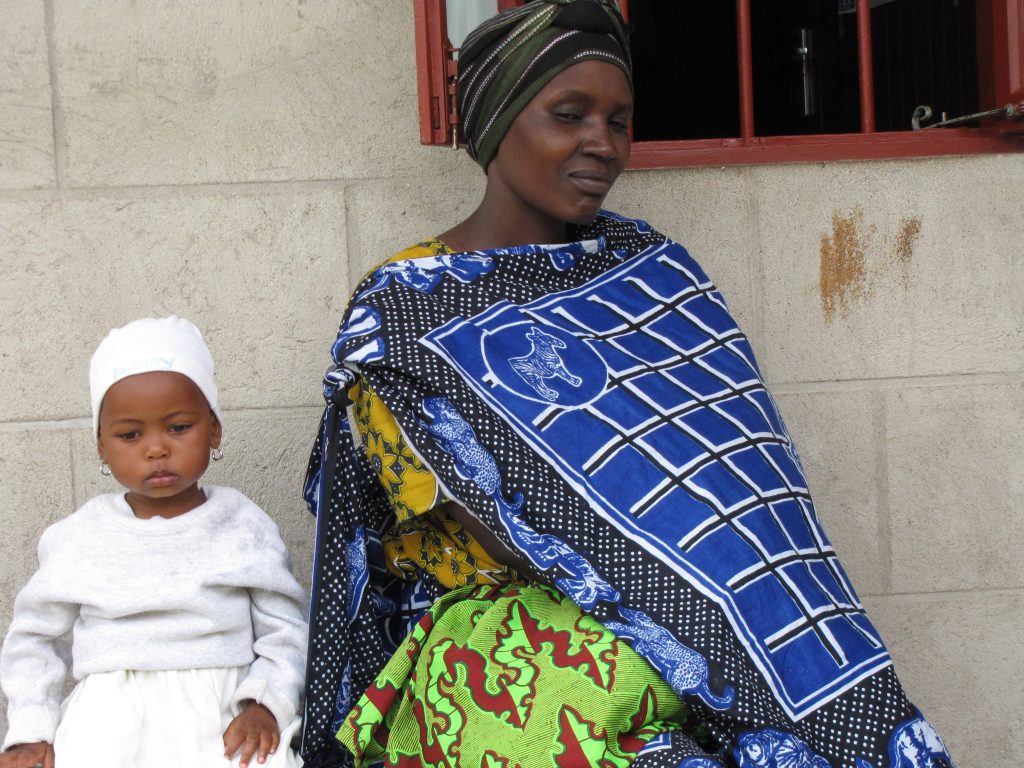
Carry out Pump Checks
At this point, the drilling crew drops a pump into the newly drilled borehole and pumps for 8-hours. This lets the drilling crew evaluate the volume of water in the borehole and make sure that the water supply is safe and adequate to fulfill the wishes of the community.
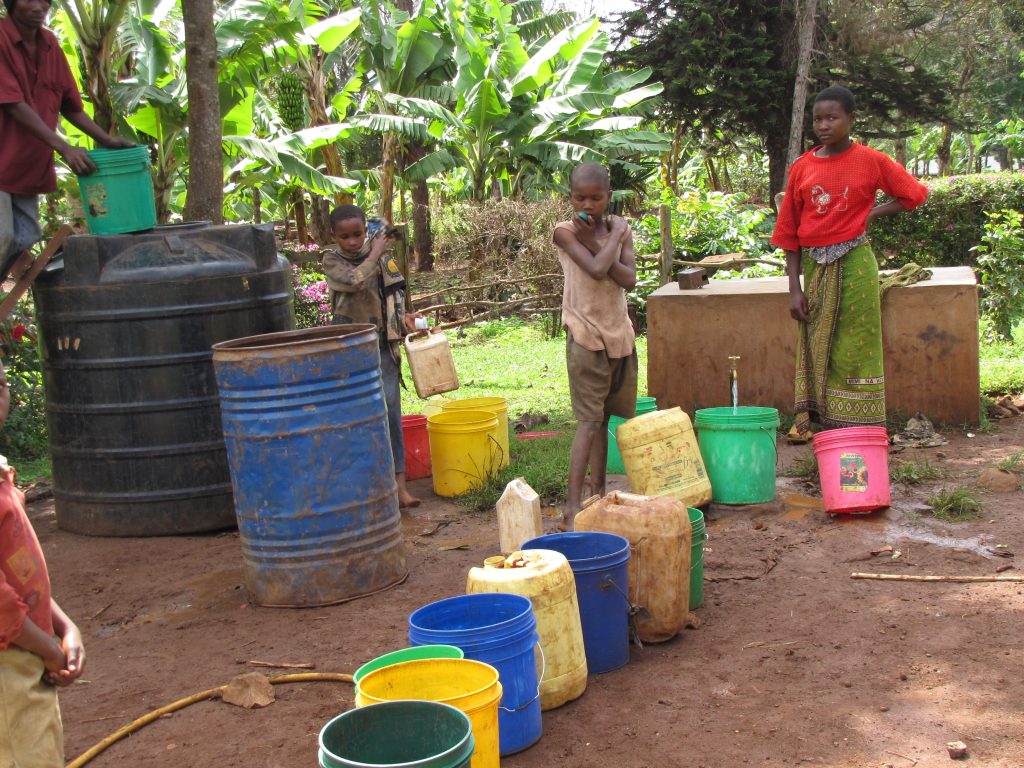
Carry out Water Quality Test
Prior to surveying the community to determine the perfect area to drill, Break the Cycle of Hunger must first sample other existing wells within the area. If there are contaminants found in these other water wells, the Water Project Executive Team will decide the next course of action to consider.